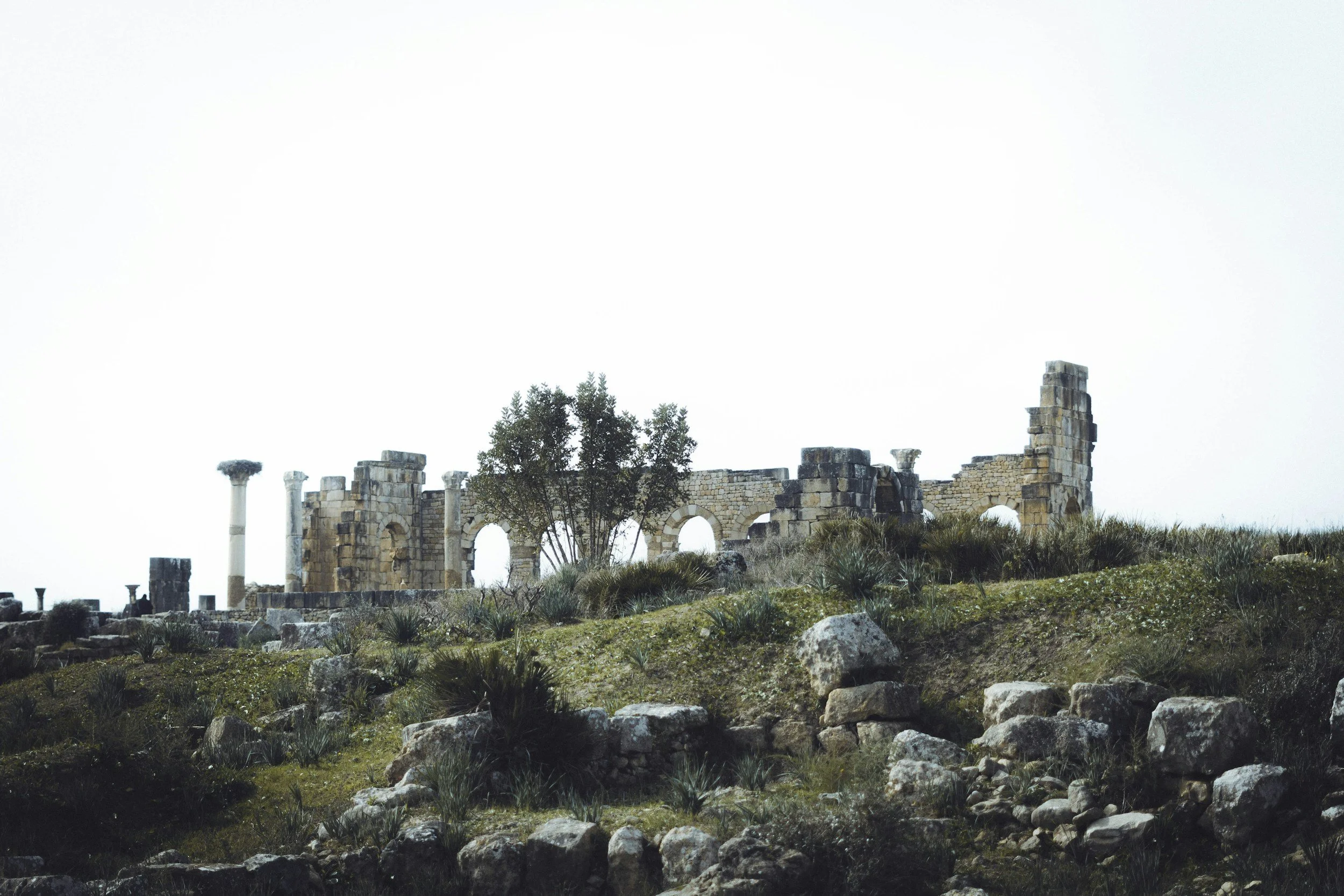
Four Horsemen of the Apocalypse in Relationships: Communication Patterns
The Four Horsemen of the Apocalypse in relationships—criticism, contempt, defensiveness, and stonewalling—are toxic communication patterns. Learn what they are and how to respond.

What Is Gottman’s Four Horsemen of the Apocalypse?
What are Gottman’s Four Horsemen of the Apocalypse? Learn how criticism, contempt, defensiveness, and stonewalling damage relationships—and the antidotes.

Pale Horse of the Apocalypse: Death and Hades Unveiled
Explore the Pale Horse of the Apocalypse in Revelation 6:8. Death and Hades ride, but their power is limited by Christ, who holds the keys.

Black Horse of the Apocalypse: Famine and Injustice in Revelation
Explore the Black Horse of the Apocalypse in Revelation 6: famine, scarcity, and injustice. Meaning explained with biblical roots and commentary insights.

Red Horse of the Apocalypse: War and Violence in Scripture
Explore the red horse of Revelation 6:4—the second horseman of war and violence. Discover why conquest breeds bloodshed and find hope in Christ's peace.

White Horse of the Apocalypse: Conquest or Christ?
Explore the White Horse of the Apocalypse in Revelation 6: Christ or conquest? Discover meaning, commentary debates, and biblical echoes for today.

The Four Horsemen of the Apocalypse in Order: Why the Sequence Matters More Than You Think
Discover the Four Horsemen of the Apocalypse in order—White, Red, Black, Pale—in Revelation 6. Explore their meaning, sequence, and hope in Christ.

Four Horsemen of the Apocalypse: Bible Verses and Meaning (They’re Not Just about the End Times)
Explore the Four Horsemen of the Apocalypse in Revelation 6: Bible verses, meaning, and connections to Torah, Prophets, and Gospels.

Alpha and Omega: Why Jesus Claims to Be the Beginning and the End
Alpha and Omega meaning explained — Jesus as the beginning and the end in Revelation. Discover why this title anchors hope in Christ, not circumstances.

Who’s Who in Revelation: Dragon, Beast, Babylon, Woman
Who’s who in Revelation explained — the dragon, beasts, Babylon, and the woman. Symbols of empire, evil, and the people of God unveiled in John’s vision.

Revelation 22:6–21 Commentary and Meaning – Epilogue and Benediction
Revelation 22:6–21 commentary explains the epilogue and benediction: Christ’s promise to come soon, the Spirit’s invitation, warnings to keep the prophecy, and the church’s final prayer.

Revelation 22:1–5 Commentary and Meaning – The River of Life
Revelation 22:1–5 commentary explains the river of life, the restored tree of life, the end of the curse, seeing God’s face, and reigning forever with Christ.

Revelation 21:22–27 Commentary and Meaning – The Light and Glory of the New Jerusalem
Revelation 21:22–27 commentary explains the New Jerusalem’s glory: no temple, the Lamb as light, open gates for the nations, and the book of life.

Revelation 21:9–21 Commentary and Meaning – The Vision and Dimensions of the New Jerusalem
Revelation 21:9–21 commentary explains the New Jerusalem as the bride of the Lamb, with radiant glory, twelve gates, foundations, and perfect dimensions.

Revelation 21:1–8 Commentary and Meaning – The New Heaven and the New Earth
Revelation 21:1–8 commentary explains the new heaven and new earth, the holy city, God’s dwelling with his people, and the warning of the second death.

Revelation 20:11–15 Commentary and Meaning – The Great White Throne Judgment
Revelation 20:11–15 commentary explains the great white throne judgment, the books opened, the second death, and the promise of life in the Lamb’s book.

Revelation 20:1–10 Commentary and Meaning – The Thousand Years
Revelation 20:11–15 commentary explains the great white throne judgment, the books opened, the second death, and the promise of life in the Lamb’s book.

Revelation 19:11–21 Commentary and Meaning – The Rider on the White Horse
Revelation 19:11–21 commentary explains Christ as the Rider on the white horse, his word of judgment, and the final defeat of the beast and false prophet.

Revelation 19:1–10 Commentary and Meaning – Rejoicing in Heaven
Revelation 19:1–10 commentary explains heaven’s hallelujahs, Babylon’s fall, the marriage supper of the Lamb, and the call to worship God alone.

Revelation 18:1–24 Commentary and Meaning – The Fall of Babylon
Revelation 18:1–24 commentary explains the fall of Babylon, the laments of kings and merchants, and the call for God’s people to come out.